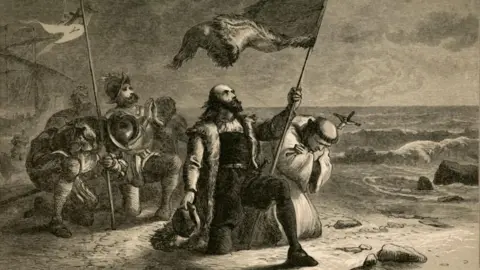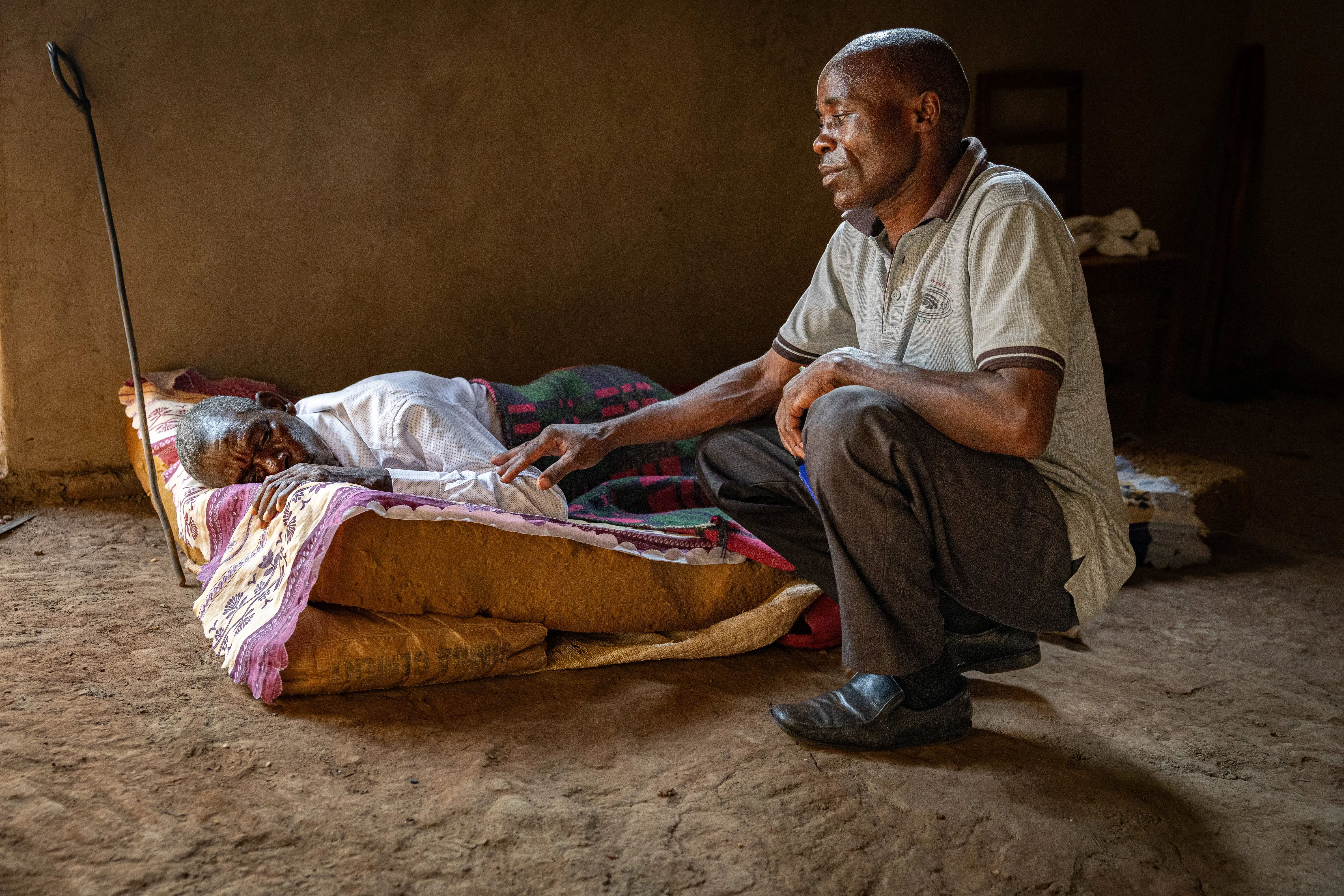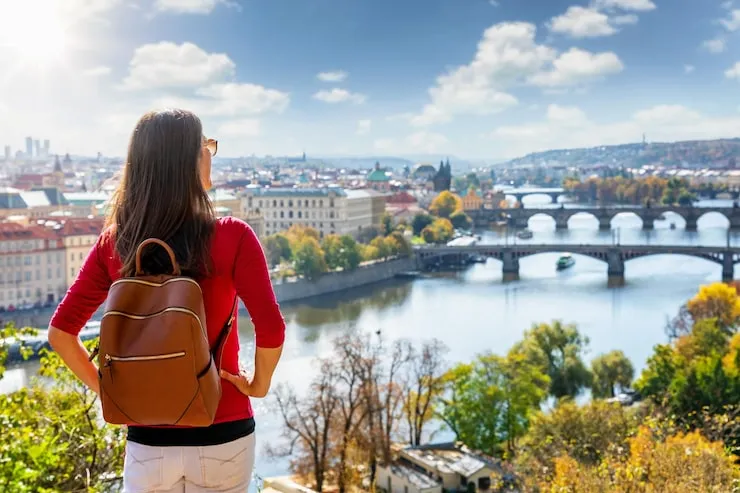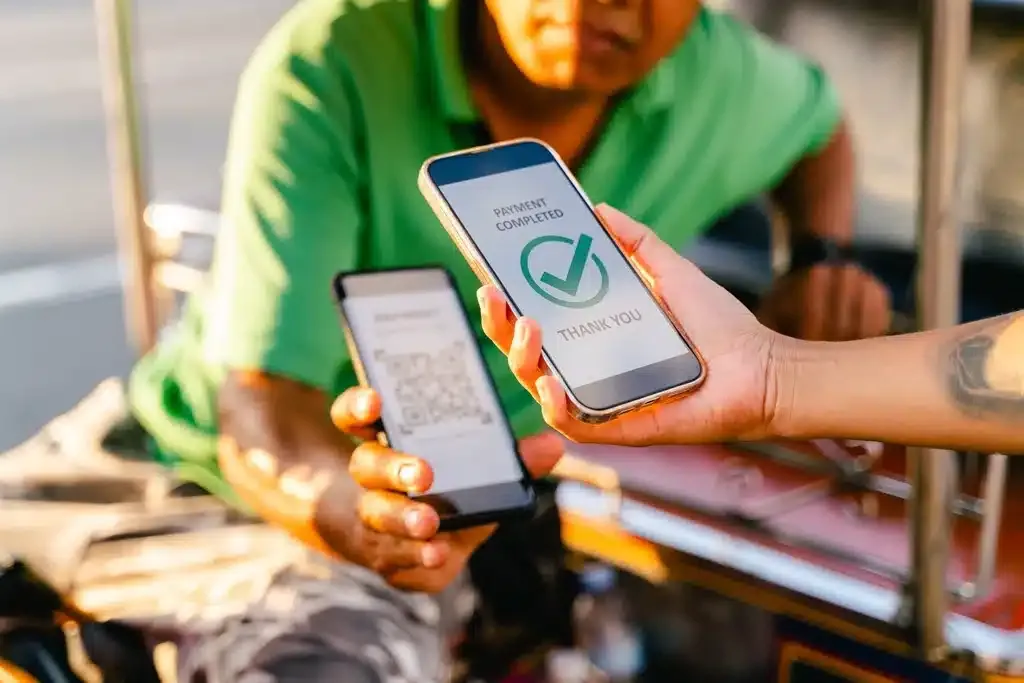Guarantee raises thought pilgrim was from local area removed by his Spanish supporters, yet specialists view it with alert A 20-year hereditary examination of the remaining parts of Christopher Columbus has turned ordinary verifiable insight on its head by reasoning that the traveler whose journey to the New World redirected worldwide history might have been a Spanish Jew instead of a child of Genoa.
The case raises the captivating possibility that the one who had a focal impact in the making of Spain's powerful realm hailed from the very local area that his benefactors, Lord Ferdinand and Sovereign Isabella, ousted from their realm around the same time Columbus arrived at the Americas.
The discoveries of the examination were reported on Saturday late evening during a unique program displayed on the public telecaster, RTVE, to concur with Spain's public day, which recognizes Columbus' appearance in the New World on 12 October 1492. Jose Antonio Lorente, a measurable clinical master at the College of Granada who has driven the examination, said his investigation had uncovered that Columbus' DNA was "viable" with a Jewish beginning.
How Did Christopher Columbus Impact The World Today?

Christopher Columbus (1451-1506) was a splendid pilot and wayfarer during the period of European investigation. His journeys uncovered two mainlands new to Europeans and started a time of quick colonization, investigation, and double-dealing in the Americas. In current times the tradition of Columbus has been reexamined to remember the overwhelming impacts of European contact for native people groups.
Read Also: Wheelchair Tennis Paralympics 2024: What You Know?
We have extremely fractional, yet adequate, DNA from Christopher Columbus," he said. We have DNA from his child Fernando Colón, and in both the Y [male] chromosome and mitochondrial DNA [transmitted by the mother] of Fernando there are follows viable with a Jewish beginning. While Lorente recognized that he had not had the option to pinpoint Columbus' place of birth, he said the probability was that he had come from the Spanish Mediterranean area.
The DNA shows that Christopher Columbus' starting point lay in the western Mediterranean," said the analyst. "On the off chance that there weren't Jews in Genoa in the fifteenth hundred years, the probability that he was from that point is negligible.
Nor was there a major Jewish presence in the remainder of the Italian landmass, which makes things exceptionally dubious. Considering that there were no strong hypotheses nor obvious signs that Columbus might have been French, Lorente added, the inquiry region limited even further.

We're left with the Spanish Mediterranean region, the Balearic islands and Sicily. Be that as it may, Sicily would be peculiar on the grounds that then Christopher Columbus would have been composed with some hint of Italian or the Sicilian language. That all implies that his most probable beginning is in the Spanish Mediterranean region or the Balearic islands which had a place with the crown of Aragón at that point.
What is Columbus’s Legacy?
Columbus passed on in 1506, as yet accepting that he had tracked down another course toward the East Indies. Today his notable inheritance as a trying voyager who found the New World has been tested. His journeys sent off hundreds of years of European investigation and colonization of the American landmasses. His experiences likewise set off hundreds of years of abuse of Native People groups.
What other Journeys Did Columbus Make?
Columbus made three more excursions across the Atlantic to the Caribbean. He was certain that he had tracked down Cipangu (Japan), yet it was really Cuba. He visited Trinidad and the South American central area prior to getting back to the disastrous Hispaniola settlement, where the 'Indian' occupants had carried out an insurrection against the Europeans.
Conditions were terrible to such an extent that Spanish specialists needed to send another lead representative to dominate. Columbus was captured, got back to Spain and deprived of his titles. He made one final journey to the Americas, nonetheless, this chance to Panama - only miles from the Pacific Sea.
How Was The Bring Venture Back?
On Christmas Day 1492, the St Nick Maria hit a stone and was destroyed. Columbus moved to the Nina and abandoned the 39 crewmembers of the St Nick Maria on the island of Hispaniola.
He believed that them should begin another settlement. Columbus arrived at Spain in Walk 1493, and asserted his award in wealth. He was likewise given new titles. He was made Chief of naval operations of the Sea Ocean and Legislative leader of the Indies.
What Did He Find?
In the wake of cruising across the Atlantic Sea for a very long time, land was located by a mariner called Rodrigo Bernajo (in spite of the fact that Columbus himself assumed the praise for this). He arrived on a little island in the Bahamas, which he named San Salvador. He guaranteed the island for the Lord and Sovereign of Spain, despite the fact that it was at that point populated.
Columbus called every one individuals he met in the islands 'Indians', since he was certain that he had arrived at the Indies. This underlying experience opened up the 'New World' to European colonization, which would come to devastatingly affect native populaces.
As indicated by RTVE, Lorente's discoveries have stopped 500 years of theory over Columbus' origin and ethnicity. Throughout the long term, it has been proposed that the wayfarer might have been Genoese, Basque, Catalan, Galician, Greek, Portuguese or Scottish. Subsequent to dissecting 25 potential spots, then, at that point, zeroing in on a waitlist of eight, Lorente landed on western Europe.
His set of experiences evolving ends, notwithstanding, have been welcomed with intense watchfulness by a portion of his companions. Tragically, according to a logical perspective, we can't actually assess what was in the narrative since they offered no information from the examination at all," Antonio Alonso, a geneticist and previous overseer of Spain's Public Foundation of Toxicology and Legal Sciences told El País.
My decision is that the narrative never shows Columbus' DNA and, as researchers, we don't have the foggiest idea what investigation was attempted. Rodrigo Barquera, a specialist in archaeogenetic at the Maximum Planck Organization for Developmental Humanities, said he was shocked the discoveries had been shared without earlier examination from others in established researchers.
Typically, you send your article to a logical diary," he told El País. A supervisor is then allocated to the piece and something like three free commentators inspect the work and conclude regardless of whether it's deductively substantial.
Assuming that it will be, it gets distributed thus the remainder of established researchers can say regardless of whether they concur with it. Putting it on the screen, a long way from that exchange and with this media center hinders established researchers having the option to express something about it.
Lorente safeguarded his activities to a similar paper, saying: Our group and the college have consistently viewed as this review into Christopher Columbus and his family as a solitary, signed up and indivisible unit, and nothing will be distributed until the examination is finished.
Saturday's disclosure came two days after Lorente and his group said that DNA examination of the remaining parts of Columbus, his child Fernando and his sibling Diego "conclusively affirmed" that the fractional skeleton kept in a burial chamber in Seville House of God was that of the popular guide.

Despite the fact that Columbus kicked the bucket in the Spanish city of Valladolid in 1506, he needed to be covered on the island of Hispaniola, which is today separated into Haiti and the Dominican Republic.
His remaining parts were taken there in 1542, moved to Cuba in 1795, and afterward brought to Seville in 1898 when Spain failed to keep a grip on Cuba after the Spanish-American conflict.
Read Also: Younger Australians Cutting Back on Essentials Due to Cost of Living
On the off chance that Columbus was a Sephardic Jew - Sefarad being the Jewish name for the Iberian promontory - his personality would be a critical verifiable incongruity, and something he would have been quick to cover from society and his renowned supporters.
His appearance in the Americas made ready for the ascent of Spain's radiantly rich and strong American realm, which rose similarly as Ferdinand and Isabella, who supported Columbus' journeys, removed Spain's Jews in the midst of prejudiced fears about assumed racial virtue.
Hundreds of years of oppression, slaughters and territorial ejections finished in 1492 when the country's Jewish populace was requested far away, banished in shame, compelled to change over completely to Catholicism or consumed at the stake.
In 2015 Spain tried to make up for the removal, which it named "a memorable misstep" by breathing easy restricted regulation contribution Spanish citizenship to the relatives of the Jews who were driven from the country toward the finish of the fifteenth hundred years.
Around 132,000 individuals of Sephardic drop applied for citizenship before the deal passed in October 2019. The greater part of the individuals who applied were from Latin American nations including Mexico, Colombia, Venezuela, Argentina, Peru, Panama, Chile and Ecuador.













